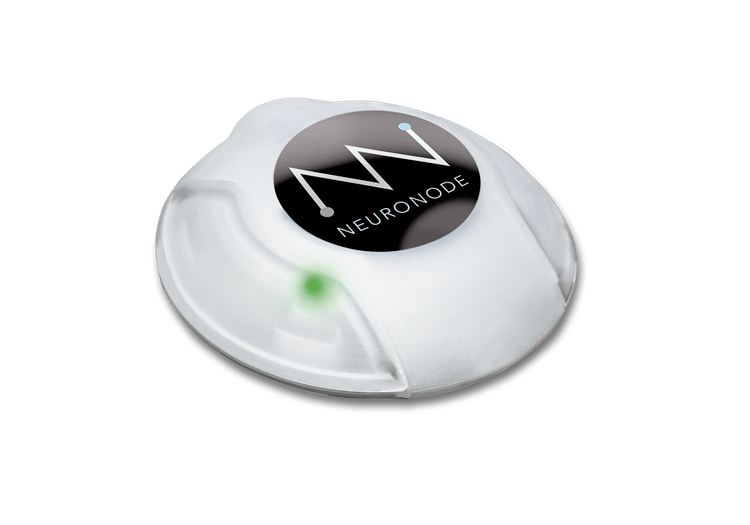Connected health
Let Nordic's expertise help you deliver the health tech your customers rely upon


The NeuroNode uses a rechargeable LIR2032 battery, which has the same footprint as the common CR2023 battery but enables a substantially higher discharge current. The device is five times smaller than the NeuroSwitch (Control Bionics’ legacy EMG assistive communications device) and cuts power consumption by approximately 75 percent, thanks in part to the ultra low power characteristics of the nRF52832 SoC, which has been engineered to minimize power consumption with features such as the 2.4GHz radio’s 5.5mA peak RX/TX currents and a fully-automatic power management system.
Control Bionics has also developed an iOS companion app, the ‘NeuroNode Controller’, which allows the user and clinician to customize the NeuroNode to match the user’s abilities. The customized parameters are then saved to the NeuroNode for use with other platforms making it suitable for connection to a host of other devices via Bluetooth LE.
Nordic’s nRF52832 multiprotocol SoC combines a 64MHz, 32-bit Arm® Cortex® M4F processor with a 2.4GHz multiprotocol radio (supporting Bluetooth 5, ANT™, and proprietary 2.4GHz RF protocol software) featuring -96-dBm RX sensitivity, with 512kB Flash memory and 64kB RAM.
The SoC is supplied with Nordic’s S132 SoftDevice, a Bluetooth 5-certifed RF software protocol stack for building advanced Bluetooth LE applications. The S132 SoftDevice features Central, Peripheral, Broadcaster and Observer Bluetooth LE roles, supports up to twenty connections, and enables concurrent role operation.
“The availability of Nordic’s SoftDevice for Bluetooth radio management, along with the bootloader, meant we could concentrate on developing our application,” says James Schorey, Chief Technology Officer at Control Bionics.
“Our peers had said positive things about the support offered by Nordic, and that support has turned out to be superb. For example, when we were ready to apply for our FCC certification and we needed software to turn the NeuroNode into a generic 2.4GHz radio for the testing laboratory, Nordic provided a ready-made solution with online support that allowed us to take the radio test software and easily adapt it to our product.”
Let Nordic's expertise help you deliver the health tech your customers rely upon